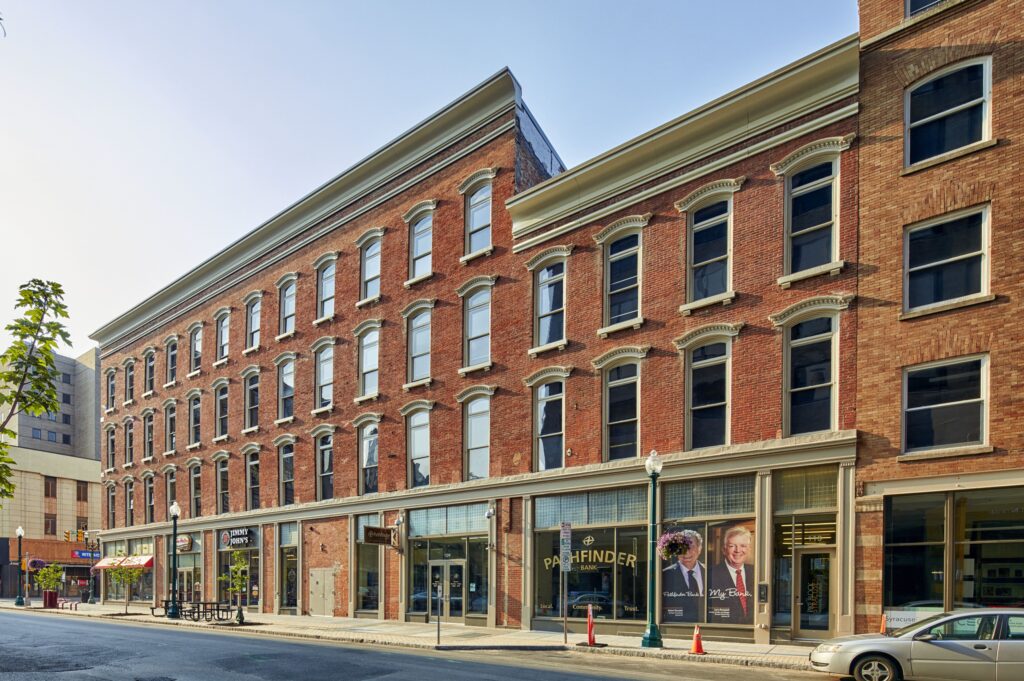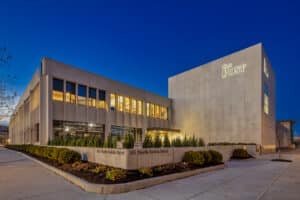The term urbanization refers to the growing number of people living and moving to urban areas. This is part of a historical change in society as populations have shifted from rural to urban living over the past several years. A report from Forbes.com stated large pools of young college-educated workforces are leading the way in urbanization and downtown living trends across the United States. This demographic population grew 26% from 2000 to 2010 in major city downtown areas, twice as fast as those same cities’ larger metro areas per the U.S. Census. Another report from Urban Engagement notes that the Baby Boomer population is another strong demographic making the move to downtown living.

Thus, city planners have continued to put money and resources into revitalizing their downtown areas to keep pace with the growing demand for retail, commercial and residential housing. Mixed-use buildings combining both commercial or retail with residential apartments and condominiums are being built all over Downtown Syracuse and in similar urban markets. New construction has often struggled to keep up with demand in downtown market areas. Vacant warehouses and empty buildings are being reimagined and converted into new commercial and residential spaces for tenants. This has placed additional emphasis on developers trying to understand what tenants want and need from a building design and amenities standpoint to ensure occupancy rates remain high.
What Market Shifts are Causing the Downtown Residential Demand?
Millennials. Forbes also reported the 18 to 34-year-old demographic wants to live in tight-knit urban neighborhoods. These communities are often close to work and offer plenty of entertainment and shopping options. The other driver is that all activities – work and play – are within walking distance, eliminating the need for a vehicle or public transportation as part of their lifestyle, further reducing expenses. These drivers of downtown living for the millennial population are both economic and cultural.
Baby Boomers and Empty-Nesters. The recession in the late 2000s was a bit of a wake-up call for many suburban and rural homeowners. These generations realized bigger houses, longer commutes, and bigger cars meant more expenses. As their children came of age and left the house, space was no longer a necessity. Therefore, these older populations sought downtown living options which would minimize their lifestyles. Downtown living provides a more efficient, socially and culturally beneficial way of life compared to what they were used to.
Owning Versus Renting. The housing market has typically been ruled by owner-occupied homes, particualary in an area like Central New York. However, many regions are witnessing a higher share of rentals as the years progress. With the demand for rental properties remaining high in downtown areas, rental costs have been driven up, generating more interest from developers understanding return on investment can be achieved more quickly. Both millennials and empty-nesters are more comfortable with smaller living areas and want easier commutes and a better lifestyle. Downtown leasing options are much more attractive to them for these reasons.
A Changing Perception of Downtown. The perception of downtown, even in some of the most unwelcoming metro areas, has taken a more positive turn in the past decade. Barriers to urban living include safety, cleanliness, and parking. Revitalization efforts in downtown markets have improved the look and feel of core districts and made them a safer place to work and live. Cities are continuing to find new ways to maximize parking for those who deem it a must-have for living downtown. These changes for the better have increased awareness and changed the perception of what it is to live in urban areas.
These trends are compelling owners and developers to work with integrated design-build firms, like VIP Structures, who have experience with urban and historic mixed-use redevelopment projects. Relationships with local firms knowledgeable of the downtown market help to maximize dollars by taking advantage of tax benefits. This is true in many of the Upstate New York metro-markets including Buffalo, Rochester, and Syracuse.



